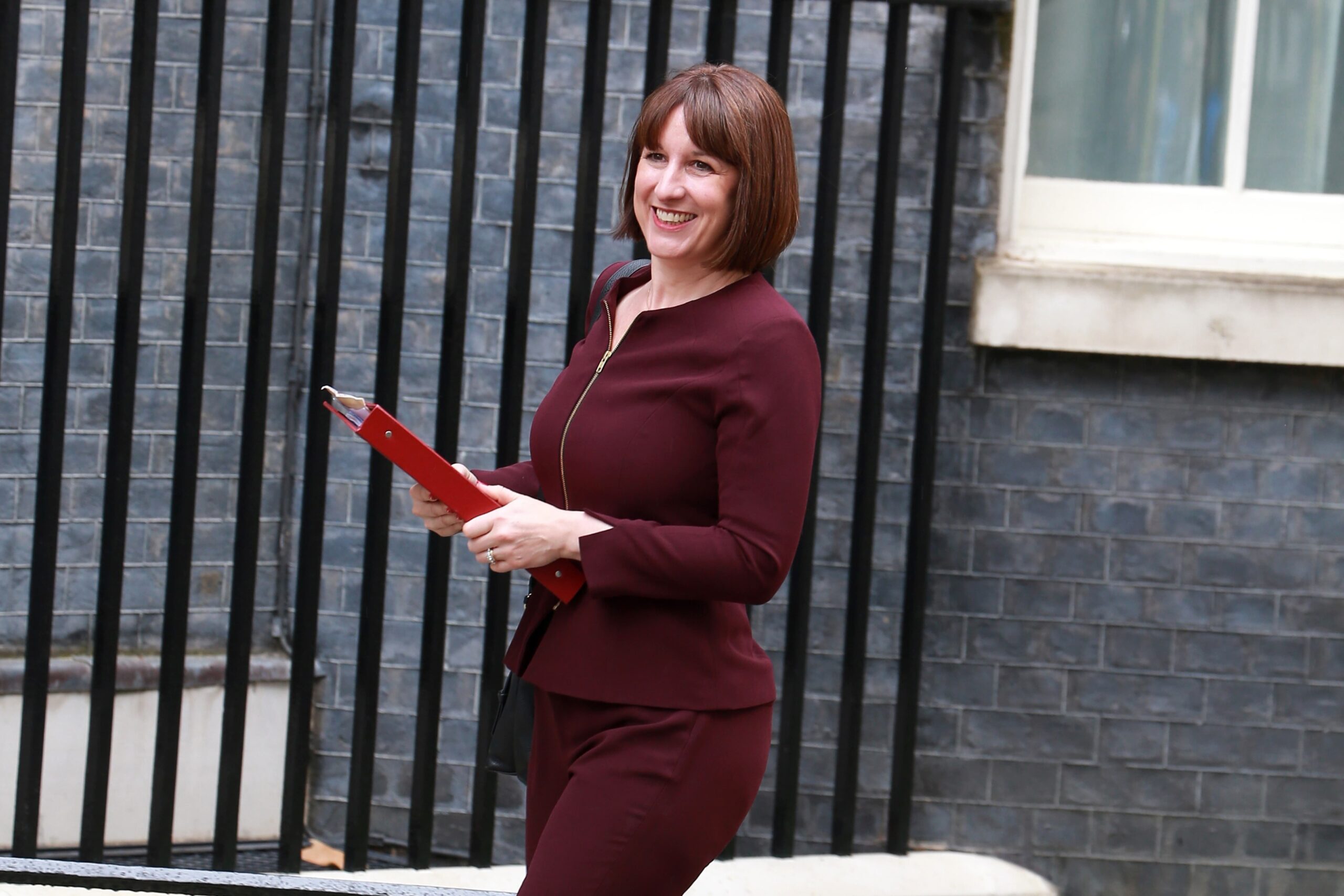
Posted on: 3rd July 2024 in Financial Planning
The 2024 general election is just around the corner.
The battle lines have been drawn; now it’s your chance to have your say on the UK’s future.
Still unsure which box you will tick on the day?
We have read through hundreds of pages of party manifestos, so you don’t have to.
Here, we examine each party’s stance on three key financial areas – the economy, taxes and pensions – to help you understand what the outcome could mean for your finances.
Let’s start with the big one – the economy.
The economy has been in the spotlight for some time now and has been a pain point for many.
A series of global events battered economies across the globe, causing inflation to soar. In the UK, inflation peaked at just over 11% in the autumn of 2022.
In response, the Bank of England (BoE) raised the Bank Rate several times to bring inflation under control and meet its target of 2%.
As a result, interest rates have spiked, making borrowing much more costly and putting a strain on finances.
The good news is that, at the time of writing, the BoE has reached its goal of 2%. The bad news is that rates remain high, with the central bank opting to keep the Bank Rate at 5.25%.
It was unlikely that the BoE would drop the Bank Rate right before a general election and instead wait and see how things play out before making a decision.
This means all eyes will be on the party that prevails on 4 July. The result will undoubtedly have a significant impact not only on the BoE’s next bank rate decision meeting in August but also on rates going forward.
So, where does each party stand on the economy?
Labour’s ‘First Steps For Change’ puts delivering economic stability front and centre.
Their manifesto says: “Sustained economic growth is the only route to improving the prosperity of our country and the living standards of working people.”
Keir Starmer has pledged to introduce ‘tough spending rules’ and keep taxes, inflation, and mortgages ‘as low as possible’.
Some of the party’s plans to kickstart economic growth include:
In their manifesto, the Conservatives say: “Economic security is the bedrock of any future success, which is why we have a clear plan to take the bold action needed to build a strong economy.”
One way they plan to do this is by reducing debt and borrowing. While their strategy for achieving this is rather vague, it’s an issue that needs tackling.
According to the latest Office for National Statistics (ONS) data, borrowing was £15 billion in May 2024. This represents a £0.8 billion increase compared to May 2023 and the third-highest May borrowing since records began in 1993.
Getting borrowing under control is crucial for the economy. As the Conservatives state in their manifesto: “The alternative is to let borrowing get out of control, driving inflation and interest rates up.”
The Liberal Democrats want to fix the UK’s ‘broken relationship with Europe’ and seek to rejoin the Single Market.
They say this will reduce trade barriers and unlock greater global potential for British businesses.
The environment was also at the forefront of the party’s manifesto. In fact, ‘environment’ was mentioned 56 times, far more than Labour (7) and the Conservatives (8).
In its manifesto, the party pledged to develop an industrial strategy and incentivise businesses to invest in new technologies to grow the economy and tackle the climate crisis.
Tax cuts are always welcome news; in autumn, it seemed like cuts were on the horizon.
Tax has been a contentious topic throughout this election campaign, with figures being disputed and eyebrows raised on certain points.
One way a government can have the wiggle room to cut taxes is to reduce borrowing.
While government borrowing has been falling since it peaked in May 2020, is this enough for the next government to commit to tax cuts?
Here is where the parties stand on tax.
Labour revealed its plan to raise £8.6 billion through tax rises by 2028-29.
They say most of this will be funded by cracking down on non-dom loopholes and overseas property investors. This includes a 1% increase to stamp duty for non-UK residents who purchase residential property.
Mr Starmer has promised not to raise VAT, National Insurance or income tax. However, income tax could see a stealth increase.
The Labour Party has said they will go ahead with the planned freeze on income tax thresholds until 2028. This freeze will likely do two things:
The Institute for Fiscal Studies (IFS) predicts this could increase income tax by 6p for basic and higher-rate taxpayers.
Another notable point regarding tax was Labour’s pledge to ‘end the use of offshore trusts to avoid inheritance tax’.
In contrast to Labour, the Conservatives have committed to several tax cuts.
The first is a 2p cut to National Insurance (NI) which will see contributions drop from 8p to 6p. The party has stated that it intends to abolish Class 4 NI within the next five years.
The party has also stated it will not increase Capital Gains Tax (CGT). Landlords who sell to their existing tenants will also benefit from a two-year temporary CGT relief.
While tax cuts are always headline-grabbing, how these cuts will be funded has been called into question.
The Resolution Foundation said that the Conservative Party manifesto’s tax pledges rely on making £12 billion in welfare cuts. Based on recent history, the think tank says this will not be achievable in the next parliament.
The Liberal Democrats have pledged to ‘make the tax system fairer’ to raise money needed for the NHS and other investment projects.
First up is Capital Gain Tax (CGT).
The current CGT rates are either 10% or 18% for basic-rate taxpayers, depending on the asset. Meanwhile, CGT is between 20% and 24% for higher-rate taxpayers.
Under their plans, as with income tax, there would be three rates of CGT:
However, the rate would be solely based on your gains. Currently, CGT is determined by adding your income and capital gains together.
The party also said it would raise money by tripling the digital service tax on large tech and social media companies. The party has pledged to reverse the Conservatives’ tax cuts for big banks and impose a one-off windfall tax on oil and gas producers and traders.
And now to tax cuts. The Liberal Democrats say they will raise income tax personal allowances, effectively increasing people’s earnings.
There is a caveat here. They have said that tax cuts would only apply ‘when public finances allow’.
Pensions are the cornerstone of retirement planning.
So, it is no surprise that pensions were a focal point for each of the three main parties.
The good news is that each party has committed to keep the Triple Lock. This means that your UK State Pension will increase each year in line with whichever of the following three measures is highest:
The Triple Lock applies to UK residents and those who retire abroad, as long as they live in:
Here is an overview of what each party has pledged regarding pensions.
Labour has pledged to keep the Triple Lock for the State Pension, which will come as welcome news for older voters.
The Conservatives had previously abolished the pensions lifetime allowance (PLA). The party’s manifesto did not mention the PLA, so it remains to be seen if it would be reinstated under a Labour government.
Labour has also pledged to reform workplace pension schemes to ‘deliver better outcomes for UK savers and pensioners’.
However, no further details were given beyond saying they will ‘consider what further steps are needed to improve security in retirement’.
Regarding pensions, the ‘Triple Lock Plus’ took centre stage for the Conservatives.
Under the Triple Lock Plus, the State Pensions and the tax-free allowance always rise with either inflation, earnings, or a flat rate of 2.5%. It will also mean that pensioners are never dragged into paying income tax on the new State Pension.
However, some may find Triple Lock promises hard to trust.
The Conservatives previously broke one of their manifesto pledges when they announced in 2021 that the Triple Lock would be suspended the following year.
Under the new Pension Tax Guarantee, the party has also pledged to maintain the 25% tax-free lump sum and keep tax relief on pension contributions at their current rates.
State Pension reforms were at the heart of the Liberal Democrats’ manifesto.
As expected, the party plans to retain the current Triple Lock on pensions. They also state that to give everyone the chance to enjoy a decent retirement, they will:
The party also wants to develop measures to end the gender pay gap in private pensions and ensure that women born in the 1950s who were affected by changes to the State Pension age are treated fairly and compensated.
At this stage, what the 2024 general election could mean for your finances is a guessing game.
Once the dust has settled, we will break down what the prevailing party’s policies mean for your money, so look out for future articles.
Whatever the outcome, make sure you are prepared. With Holborn Assets by your side, you can be sure your money is in the right place at the right time.
Ready to start building a more secure financial future? Contact Holborn Assets today to find out how we can help.
We have 18 offices across the globe and we manage over $2billion for our 20,000+ clients
Get started
Digital Assets: From Fringe to Framework A Responsible View for Internationally Mobile Investors Executive Summary Digital assets have moved from the fringes of finance into mainstream discussion. The arrival of...
Read more
Across the global expatriate market, one product category is showing unprecedented momentum in 2025: Indexed Universal Life (IUL). As client expectations move toward solutions that combine long-term protection, tax-efficient wealth...
Read more
Chancellor Rachel Reeves delivered her second Autumn Budget in dramatic circumstances, after the Office for Budget Responsibility (OBR) accidentally released its full economic outlook online 45 minutes before her speech....
Read more
In today’s world, much of our lives are lived online. From email accounts and social media profiles to digital wallets and online businesses, we’re building a digital legacy—often without realising...
Read more